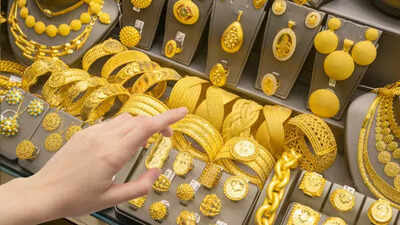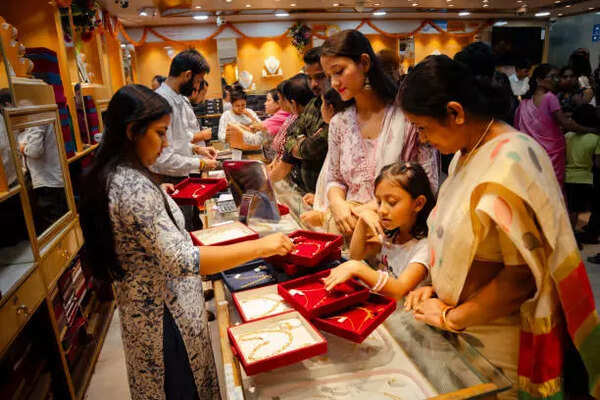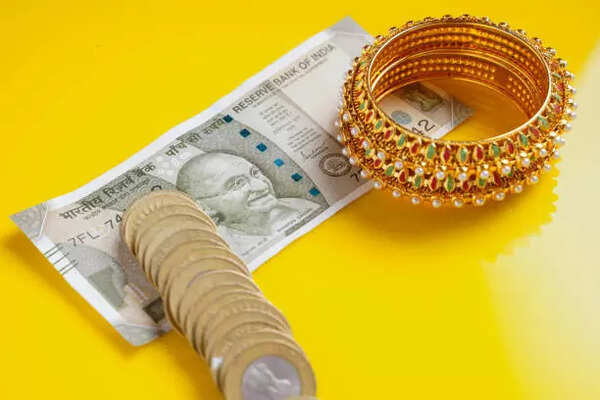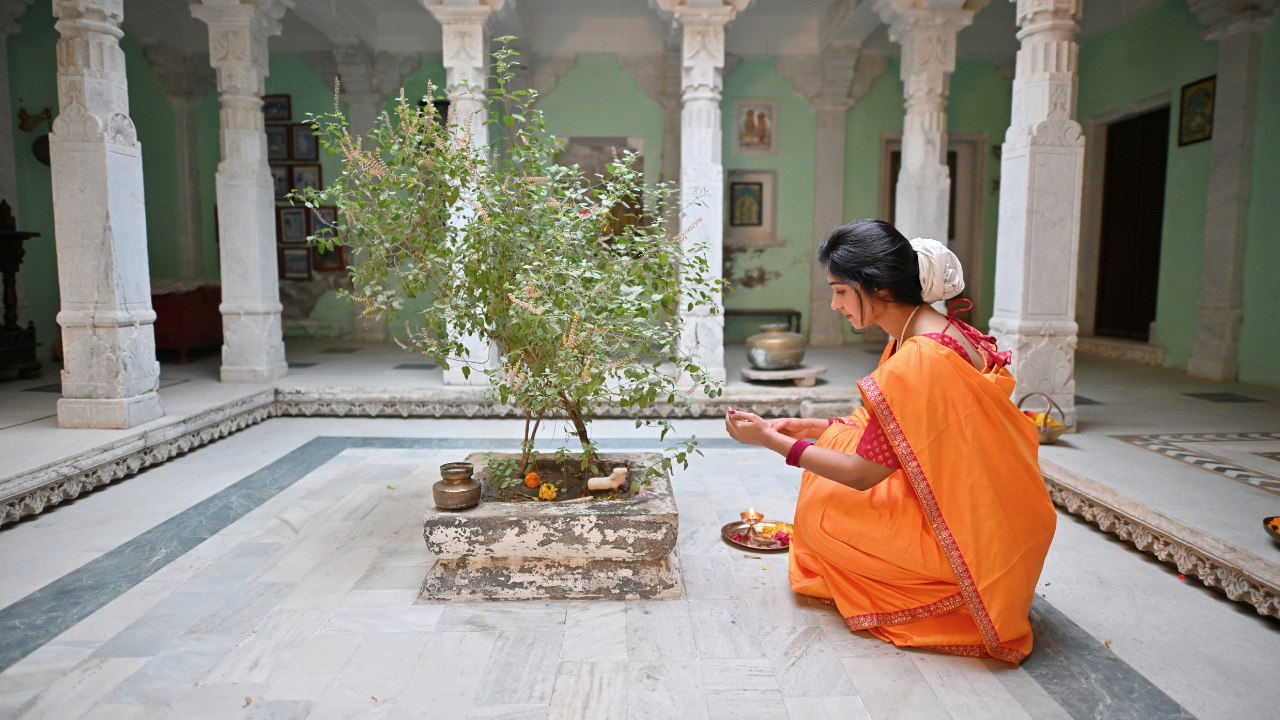Akshaya Tritiya: Which gold should one buy – 18, 21 or 22 carat?

Akshaya Tritiya is here today, and if you are considering buying gold, you are not alone. This auspicious day is all about attracting prosperity, and buying gold is seen as a powerful ritual to usher in endless blessings and good fortune. But once you are at the jewellery store or scrolling online the choices can be overwhelming. One of the most common questions people ask is: Should I go for 18k, 21k or 22k gold? Each type has its pros and cons depending on whether you are buying for investment, tradition, or everyday style. Choosing gold isn’t just about the design or budget, it’s also about understanding what caratage suits your purpose best. While the sparkle might be universal, the type of gold you pick can make a big difference in how your jewellery performs over time. Let’s break it down so you can make the smartest and most sparkling decision today.

Let’s start with what “carat” in gold means. It’s not the same as carat for diamonds. In gold, carat refers to purity. Pure gold is 24 carats, basically 99.9% gold but it’s also incredibly soft and not practical for making jewellery that lasts. That’s why it’s mixed with other metals like silver, copper, or zinc to make it more durable. The result? Different carat levels like 18k, 21k and 22k, each with its own unique blend of gold and alloy.
Let’s talk about 22k gold first. This is what most people traditionally think of when they picture “real gold” especially in India and the Middle East. With 91.6% gold content, it’s very close to pure, which makes it both valuable and vibrant in colour. It has that rich, unmistakable yellow glow that screams tradition and luxury. It’s the go-to choice for weddings, festive gifts, and heirloom pieces. But there’s a catch: 22k gold is quite soft. While it’s okay for necklaces and earrings, it’s not ideal for rings or jewellery with intricate stone settings that get jostled around. So, if you are buying something you’ll wear often or that needs to last through rough use, 22k might not be your best bet. However, if you are thinking of long-term investment, or buying for traditional occasions, it’s a timeless pick.

Now, here’s where 21k gold comes in – a bit of a sweet spot that many people don’t talk about enough. With 87.5% gold, it sits right between 18k and 22k in terms of purity. You get almost the same glow and prestige of 22k, but it’s a little more durable and slightly more affordable. It’s not as common in India, though it’s quite popular in the Middle East. The main issue is availability – you might not find a wide variety of designs in 21k at every store. But if you do come across it, it’s a smart middle ground for those who want both value and practicality.
Then there’s the modern favourite: 18k gold. With 75% gold and 25% alloy, it’s significantly more durable than 21k or 22k, making it perfect for everyday jewellery. It doesn’t bend or scratch as easily, which means it can handle the hustle and bustle of daily life. It’s also the best option if you love diamonds or gemstone-studded jewellery. Why? Because 18k gold is strong enough to securely hold stones in place without the metal giving way. It also allows jewellers more creative freedom with designs, so you will find a ton of trendy, contemporary options in 18k. On the flip side, it doesn’t have that deep yellow colour that’s synonymous with traditional gold. So, if you’re buying gold for cultural or religious significance, or for gifting to someone who prefers classic gold tones, 18k might not be the right fit.
When choosing between these gold types, the best approach is to think about why you’re buying the piece in the first place. If it’s for investment, or you want something that will hold traditional value, 22k is ideal. It’s also perfect for ceremonies, gifting, and bridal sets. If you’re looking for something that offers both durability and richness, and don’t mind the limited design options, 21k could be a good balance. For everyday wear – think rings, bracelets, and minimalistic chains that you wear to work or on holidays – 18k is a no-brainer. It’s strong, stylish, and goes well with western and Indo-western outfits alike.
It’s also important to remember that no matter which carat of gold you choose, always buy from a trusted jeweller and check for proper hallmarking. In India, for instance, the Bureau of Indian Standards (BIS) hallmark ensures that your gold is genuine and the purity is exactly what’s claimed. This becomes crucial not just for peace of mind, but also for resale or exchange later on.
So, what should you buy? If you’re someone who wants jewellery to be part of your personal style and daily look, and you’re not too focused on resale value or religious traditions, 18k is your best bet. If you’re drawn to the warm glow of traditional gold and want to preserve family customs or gift something meaningful during festivals or weddings, go with 22k. And if you’re open to trying something that offers a good mix of both worlds, and you come across 21k designs you love, don’t hesitate.
Gold is more than just metal – it’s emotion, memory, and heritage wrapped into something beautiful. Whether you choose 18k, 21k or 22k, make sure it reflects your style, your needs, and most importantly, your story.




